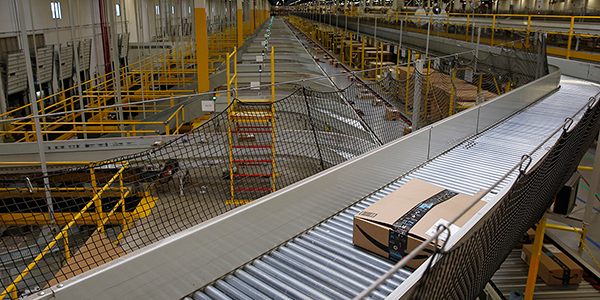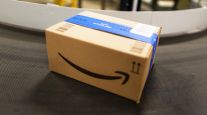Shopify Sets Up Fulfillment Network in US, Just Like Amazon

[Stay on top of transportation news: Get TTNews in your inbox.]
Shopify Inc. plans to spend $1 billion to set up a network of fulfillment centers in the United States to help merchants using its e-commerce platform deliver products more quickly and cheaply, much the way Amazon.com does.
“A large number of orders are lost in the final stages due to complex shipping costs,” Craig Miller, Shopify’s chief product officer, said at the company’s annual developer conference in Toronto. The service will use machine learning to predict demand and suggest closest fulfillment centers to merchants.

The Ottawa-based company unveiled the plan, along with new features such as video and 3D modeling for products, the ability to edit orders and a better user interface. It also added 11 new language capabilities and rolled out a multicurrency payments system to all merchants. A new point-of-sale system is planned for later this year.
Shopify’s shares jumped 4% to a record $316.22 at 12:25 p.m. in New York on June 19.
Shopify processes millions of individual sales by hundreds of thousands of merchants every year. The company potentially could pool shipments from different online stores, making shipping cheaper and more efficient. Storing products from different merchants in centralized warehouses also would bring down costs for sellers and buyers, and net Shopify another revenue stream.
That could help the company mount a defense against Amazon, which ruthlessly lowers prices and encourages merchants to use its own warehouses and shipping tools.
The online platform, which celebrity Kylie Jenner uses to sell cosmetics, is the top-performing stock in Canada this year. It also has outperformed any stock in the S&P 500 over that time, including other software service companies such as Square Inc. and Amazon.

An Amazon fulfillment warehouse in Wisconsin. (Jim Young/Bloomberg)
The company has been rallying after reporting strong first-quarter earnings, forecasts for second-quarter revenue that were above expectations and pushing plans to expand internationally. Shopify posted its first annual revenue above $1 billion in 2018. The company is rated a buy by 18 analysts, a hold by eight and a sell by two, according to ratings compiled by Bloomberg.
But Facebook’s addition of features on its Instagram app that allows consumers to pay for items without leaving the social platform, could steal market share from Shopify, which currently provides that service.
Increasing competition has helped fuel short sellers such as Citron Research, which also has voiced concern in the past about Shopify’s merchant volume and churn among small sellers.
With assistance from Gerrit De Vynck




